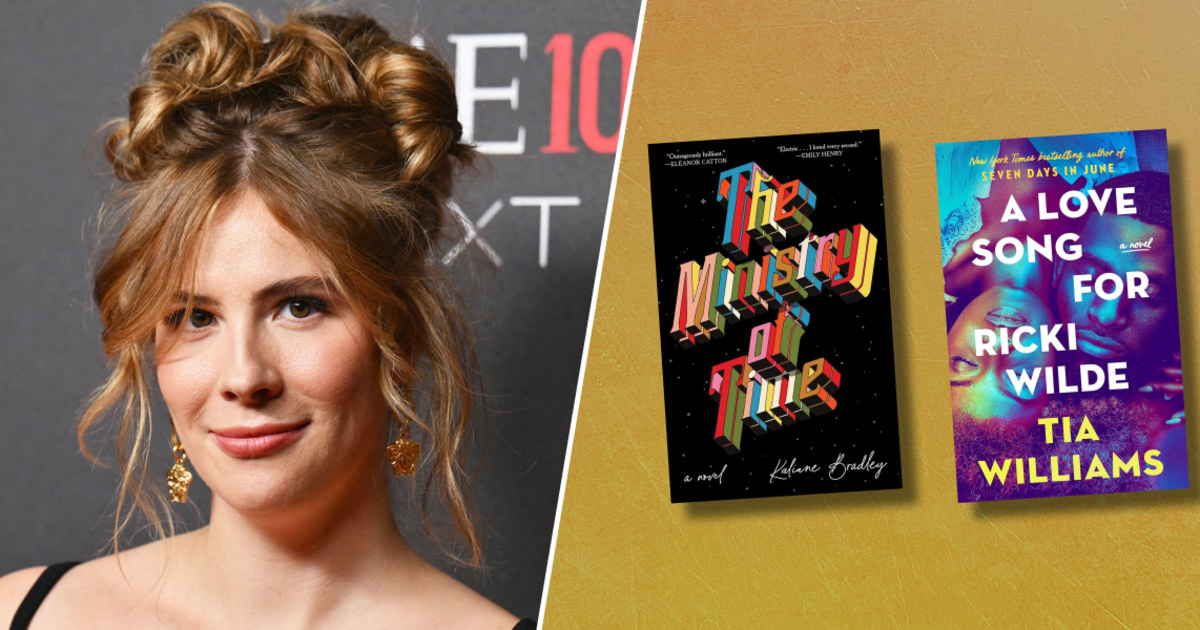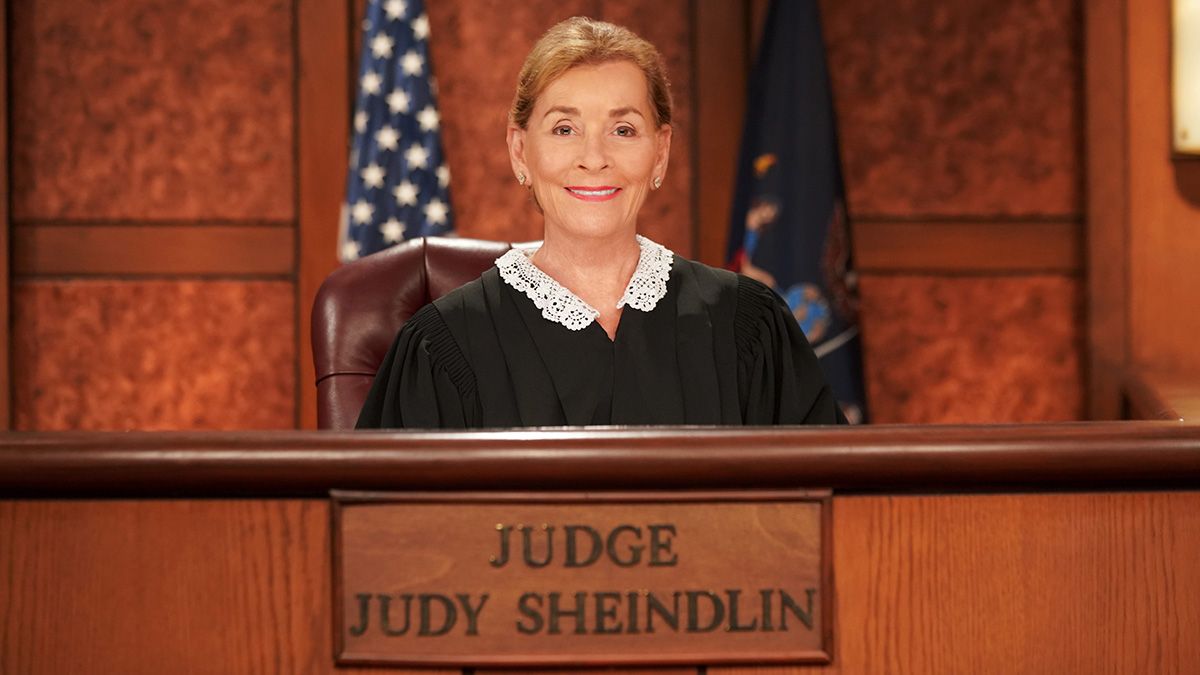
Where’d the Color Go? ‘Women Talking’ and ‘Emancipation’ Cinematographers on Why They Desaturated Their Oscar Contenders
Two of this season’s most powerful and talked-about awards contenders, “Women Talking” and “Emancipation,” have generated discussion not only for their powerful subject matter but for the bold and unusual approach each film took to its color palette. Their subject matter and scale might be different — “Women Talking” is an ensemble piece representing a wide variety of points of view that takes place largely in one location, while “Emancipation” is the inverse, an inpidual character study set against the backdrop of the Civil War — but they share a desaturated look in which the filmmakers drained so much of the color from the imagery that they could almost be in black-and-white. In both cases, there were carefully thought out reasons behind the decision to bring color in in highly targeted, limited ways; IndieWire talked with the cinematographers behind both films to get two different perspectives on how and why the choice of desaturation was made.
“You’re really forced to lean into what is the most important thing happening within a frame”
“Women Talking” is cinematographer Luc Montpellier’s fourth film with director Sarah Polley, and from the beginning they discussed giving a sweeping, timeless feel to their adaptation of Miriam Toews’ 2018 novel about the women of a remote Mennonite colony meeting in secret to determine their response to widespread sexual abuse in their community. “Sarah wanted the imagery to feel as epic as the decision these women have to make,” Montpellier told IndieWire. “She wanted it to feel almost gothic in its nature, so that you feel the timelessness of what’s happening.” Montpellier wanted the visual style to reflect the quality of Mennonite life, which seems to be of the past even in a contemporary story. “We wanted the audience to feel a little displaced in a way that they didn’t know quite what time period they were in. Hopefully what that does to the viewer is keep them a little more engaged and relating to the story.”
The trick was to make “Women Talking” seem period but not too period. They considered shooting in black-and-white, but decided “it felt so period it became too distant from the audience.” The solution was to bring just a little bit of color into the image, a process largely figured out on an iPad that the cinematographer and director would hand back and forth, making subtle adjustments to images the Montpellier had collected during location scouting. “Sarah and I tweaked the contrast and saturation together, coming from a very instinctive place. We just wanted to see how the images made us feel, which then hopefully the audience will feel.”
Montpellier felt that the approach gave him a number of things that shooting strictly in black-and-white — or in more vibrant colors — wouldn’t have. “When we were talking about shooting black-and-white, one thing that I felt was missing was the idea of the clock ticking,” he said. “That the sun is shifting throughout the film to hopefully create some tension that comes from wondering when the men will come back. Adding a little bit of color enabled that shifting of light to be a bit more present, especially in the sunset and dusk moments where the light disappears.”

“Women Talking”
©Orion Pictures Corp/Courtesy Everett Collection
Montpellier also felt that just a touch of color kept the movie from becoming too stark or bleak. “I didn’t want the film to be too depressing,” he said. “We have such depressing ideas about human behavior within the film, but you also needed to feel [the colony] was a beautiful place, and let the camera drift outside to the children to remind the audience of what the women are fighting for, and that it’s a tragedy that they have to leave.”
Knowing how important the precise calibration of color would be, Montpellier brought color timer Mark Cooper onto the project early so that he could weigh in on wardrobe tests and help determine how the color of the clothes would respond to the desaturation. During those tests Montpellier found that the desaturation had an added benefit: “You’re really forced to lean into what is the most important thing happening within a frame.” The cinematographer also found that he had to light faces differently to account for the lack of color. “I would tend to overexpose even though there’s a lot of contrast, knowing that we didn’t have the color depth in the skin tones.” Montpellier also paid close attention to the time of day when lighting the faces, relying on soft boxes around the set. “It was all designed so not to break up the performances. With LED technology I was able to dial in live just how saturated the blue would be. On set, you saw a blue that was very intense, but in our look it became a very subtle thing.”
Ultimately Montpellier really enjoyed the challenge of finding the right line between black-and-white and color. “It was a really fine line of creating a world, but not getting in the way,” he said, adding that the purity of the look enabled him and Polley to get to the heart of the story. “That’s what I love about black-and-white photography. You don’t have that color spectrum, so you immerse yourself in what’s really important. I hope that’s what the desaturation did for this movie, which is a fable — that it stripped the real world away.”
“It just worked from the very beginning”
The striking look of “Emancipation,” in which largely black-and-white frames are often pierced by glimpses of color in the form of orange flames, red blood, and green swamps, is in line with cinematographer Robert Richardson’s overall philosophy about filmmaking, which he feels should be liberated from single choices in terms of color, aspect ratio, or format. (This is, after all, the director of photography who famously mixed virtually every style of shooting imaginable in “JFK” and “Natural Born Killers.”) “I think the format should be changing more often in a movie,” he told IndieWire. “It doesn’t need to stay 1.85 or 1.66 or 2.40, and it doesn’t need to stay in black-and-white or color. It should oscillate more with whatever the emotion of the story is.”
Like “Women Talking,” “Emancipation” was initially discussed as a potential black-and-white film. “That was the first thing we tested,” visual effects supervisor and second unit director of photography Rob Legato told IndieWire. “Personally, I think black-and-white period films benefit from being shot in color and choosing the degree of how red, green, and blue will contribute to the gray tones of the final image. The ability to choose how much red is depicted will make any red object brighter or darker on a case-by-case basis. Same thing with green. The foliage might show up much brighter than we would like, so the ability to tone down its gray value helps de-emphasize its psychological effect on the image. Dropping blue’s contribution helped make the skies much darker, creating a sense of foreboding that seemed to work well for the story.”
Once Legato landed on this approach, Richardson suggested trying to mix some color back into the black-and-white. “That got very compelling as the color palette for the film,” Legato said. “It just worked from the very beginning.” For Richardson, the juxtaposition of color and black-and-white served his and director Antoine Fuqua’s overall guiding principle. “Antoine wanted it to be brutal and beautiful,” Richardson said. “That’s extraordinarily complicated to do.” During testing, Richardson initially experimented with tinting not only from sequence to sequence but from shot to shot, but he found that it was too heavy-handed and shifted back toward black-and-white, “periodically bringing in the tonalities of fire, some greens, and some blues to shift for nights.”

<
p id=”caption-attachment-1234798969″>”Emancipation”
©Apple TV/Courtesy Everett Collection
They struck the balance Fuqua sought. “We found that full color created too much beauty instead of depicting the harsh reality of this hellscape,” Legato said. “By adding a little color back in we had the best of both worlds. It wasn’t as simple as an overall desaturation, but artistically changing and altering the perception of color density as needed for each and every moment.” Richardson and Legato often found that isolating the color red and putting it back in could contribute to the power of the violence, or that they could shift the palette to convey the psychological state of the film’s protagonist, an enslaved man named Peter (Will Smith) who escapes a Louisiana plantation. It’s a technique Richardson and Legato have experimented with in one way or another over the course of six collaborations, including “The Aviator” and “Hugo.”
“It is an integral part of the photographic process and not taken lightly or decided on later in the process,” Legato said. “A hand-picked dailies colorist is tasked with following through on this specific look from day one of production, often situated on location within easy access to both Bob and I on a daily basis. For the most part this look carries straight through into the DI and is further refined once the sequences are locked.”
“I grade on set,” Richardson added. “We have someone from Company 3 [Benny Estrada] in a trailer working on a Resolve, and we are grading the dailies every day.” That meant Richardson and Legato were able to use the dailies’ color as the basis for the DI instead of starting from scratch.
Aside from its aesthetic function, the black-and-white aspect of the photography helped Richardson deal with the punishing Louisiana sun while shooting the climactic battle sequence. Shooting during COVID, his hours were limited and the sun was right overhead for most of the day. “I’m not a fan of sunlight,” Richardson said. “It’s always too high too fast. But the black-and-white helped me get past some of the issues I would have had in color.” Ultimately, Richardson hopes that the look convey the hope and redemption at the core of the violent tale. “The impact was meant to be highly spiritual. I hope some of that came across.”
Additional reporting contributed by Bill Desowitz.




























































:max_bytes(150000):strip_icc()/GettyImages-172156217-aeefcf10e2374e8089c4b33f5d34f1b9.jpg)